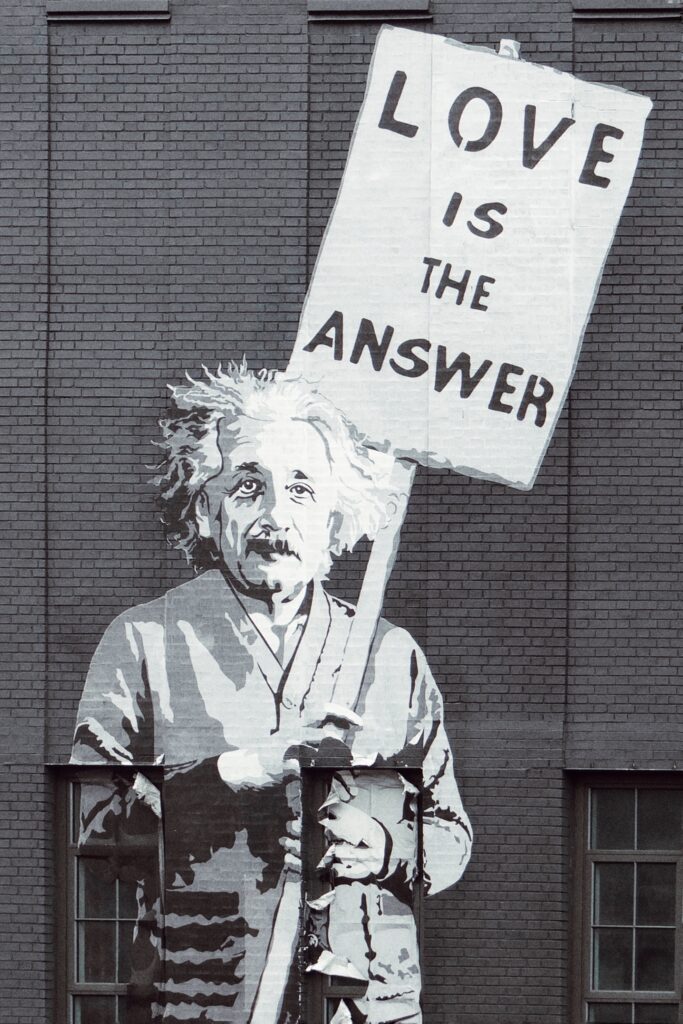It has been no secret for decades that art is a form of expression that can be used for protest and activism. Protest art can effectively illustrate narratives and points of view, sometimes open to interpretation and sometimes very explicit.
From fighting for AIDS awareness to protesting government censorship, artistic activism has been at the forefront of social movements for centuries.
Over the past thirty years, there has been a significant increase in the number of artists using protest art as a way to get a message across to the public. Protest art includes creative works based on solving political or social problems. Art is a medium accessible to all socioeconomic classes and is an innovative tool for expanding opportunity structures.
Today, we invite our readers to explore some examples of how artists have acted as activists and discover how they have contributed to local and global protest movements by raising awareness of their causes.
Mexican Murals
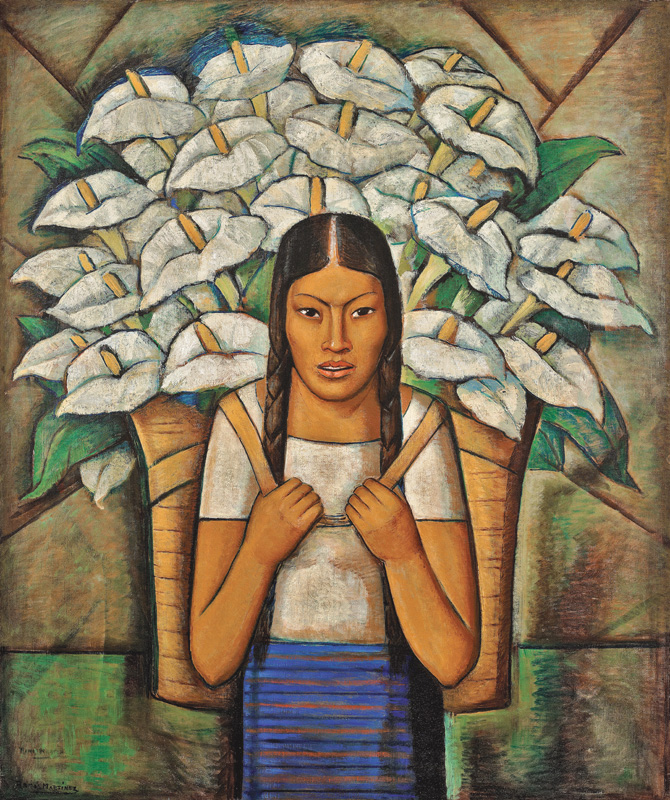
In North America during the 1920s, Mexican muralists rebelled against tyrannical industrialization. Their goal was to protect the rights of workers. Artists were painting large-scale public frescos illustrating the strife of the proletariat. They imitated traditional painting strategies, primarily painting large-scale murals. Like Renaissance artists, they communicated with the masses of people through their edifying and powerful scenes.
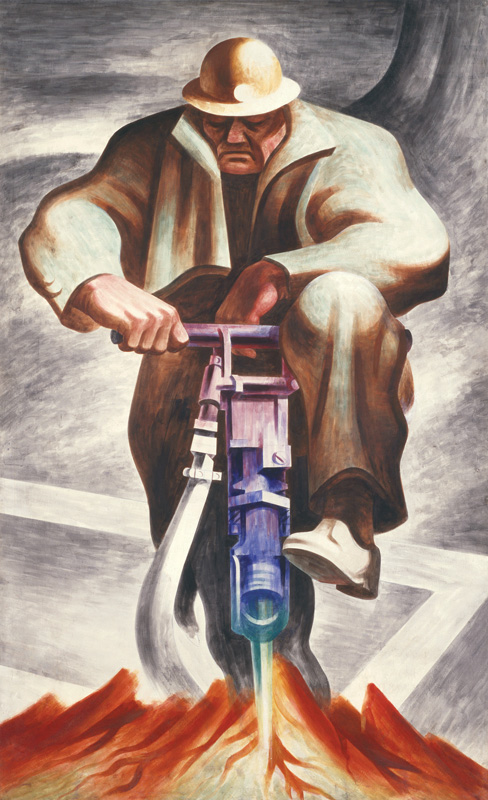
Kara Walker and Racial Inequality
American contemporary artist Kara Walker is best known for her panoramic silhouette works and stop-motion films exploring the intersection of race, gender, sexuality, and colonialism.
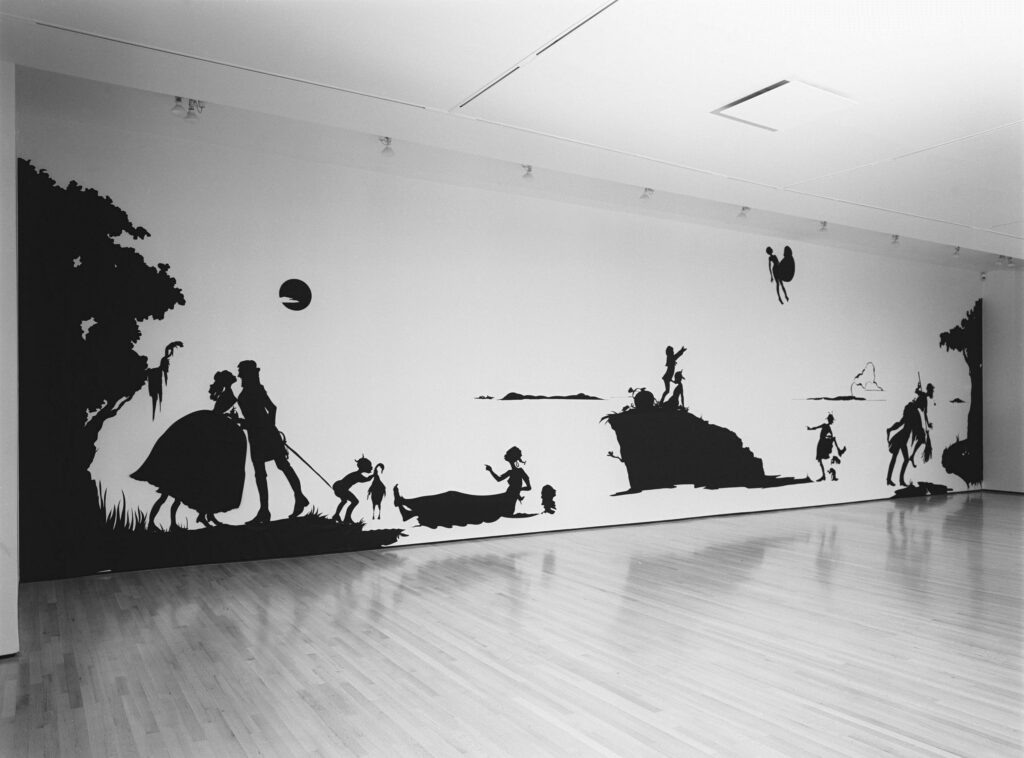
In 1994, the representative of protest art rose to instant notoriety with her paper-cut silhouette mural “Gone, a historical romance about a civil war that took place between a young black woman’s swarthy thighs and her heart,” depicting the sexual abuse of slavery in the pre-war South.
In 2014, she erected a massive, sphinx-like white sugar sculpture depicting the racist stereotype of a black woman in the former Brooklyn Domino Sugar Factory, alluding to the shared history of slavery and the sugar industry in the United States.
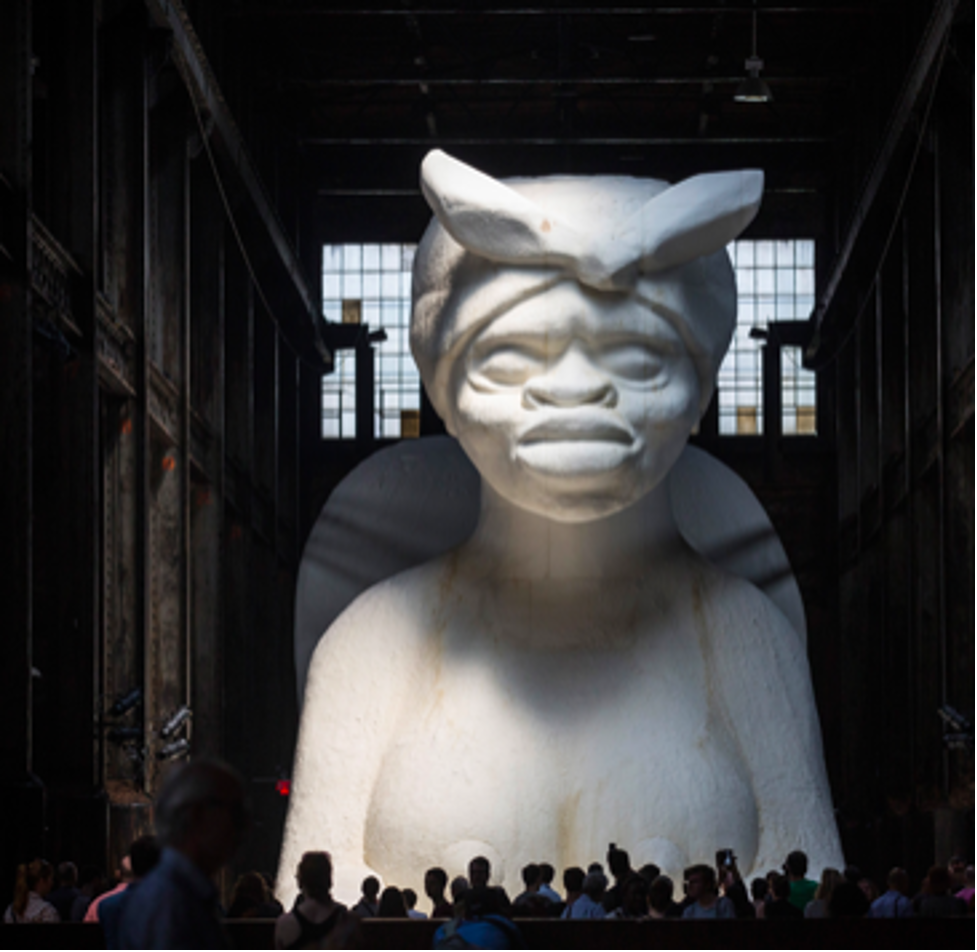
Keith Haring’s Social Activism
Graffiti-like pop art by American artist Keith Haring gained worldwide popularity through the humble beginnings of his spontaneous drawings scribbled on New York subways throughout the 1980s. Haring focused his primary-colored creations on street culture and social and artistic activism, portraying characters in sexualized situations to advocate for safe sex and AIDS awareness.
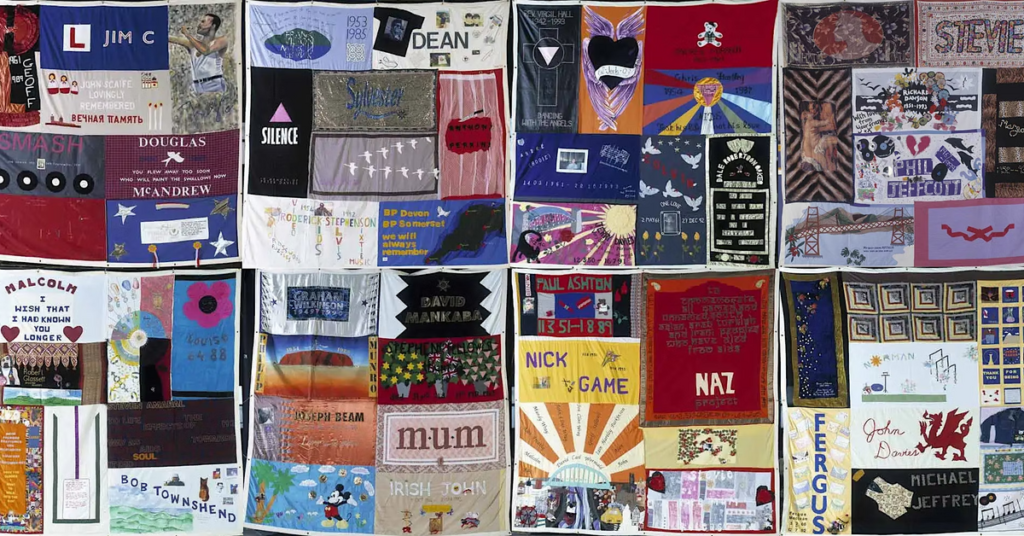
Barbara Kruger and Women’s Rights
American conceptual artist Barbara Krueger, in her iconic black-and-white photographs overlaid with red-and-white declarative captions, often addresses identity, consumerism, and gendered constructs of power and sexuality with the directness of a billboard.
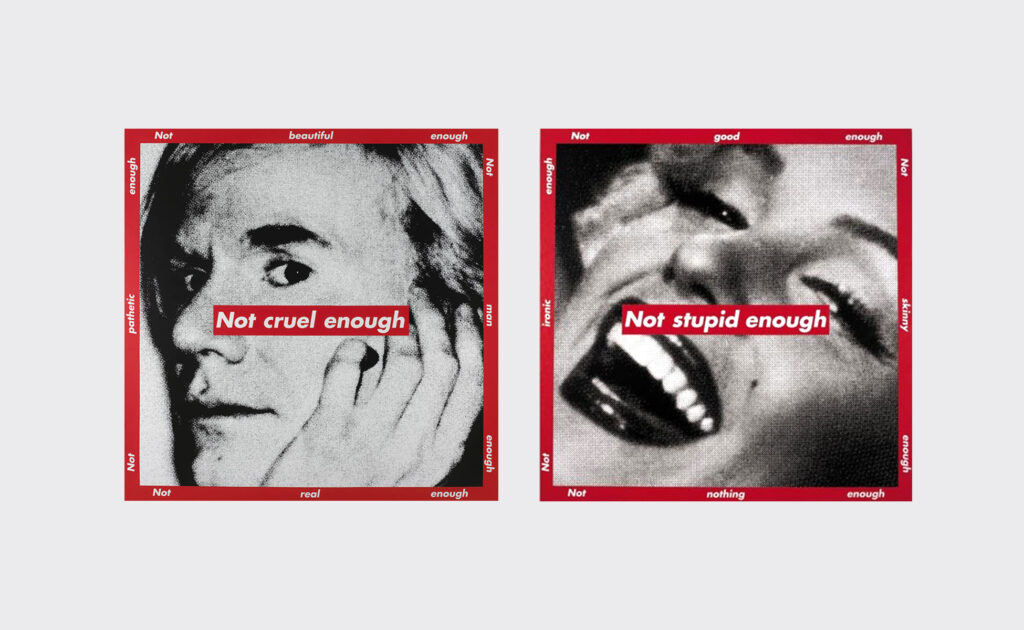
Combining the postmodern theory of writers such as Walter Benjamin and Pierre Bourdieu with images of popular culture, it is able to shed light on statements we take for granted as truths about the value of women, the role of consumerism in postmodern society, and gender representation. Artistic activism symbolizes both the timeliness and timelessness of Kruger’s work.






